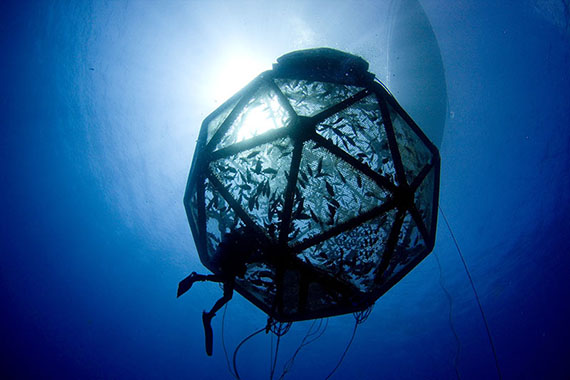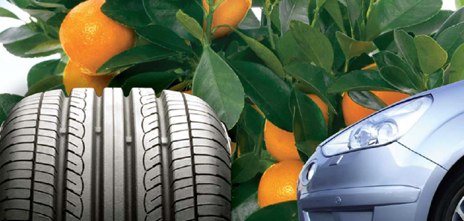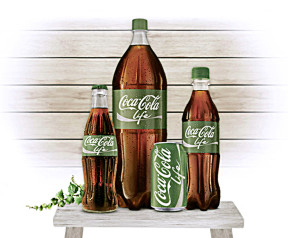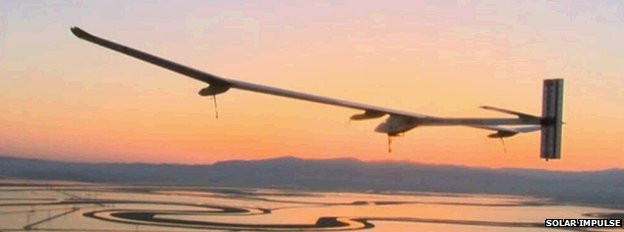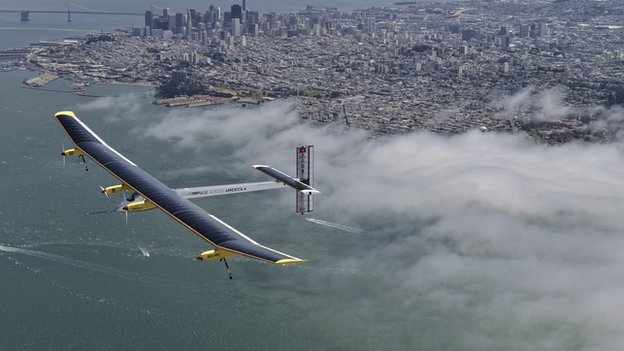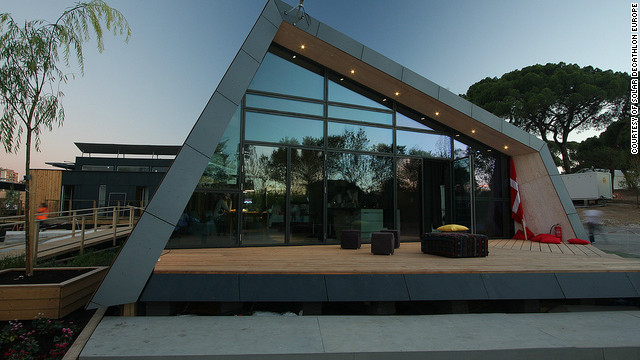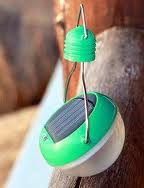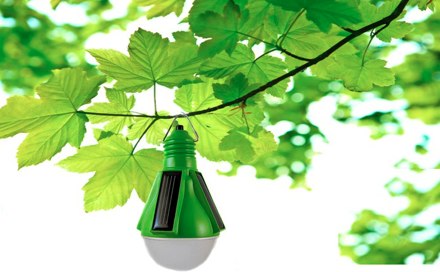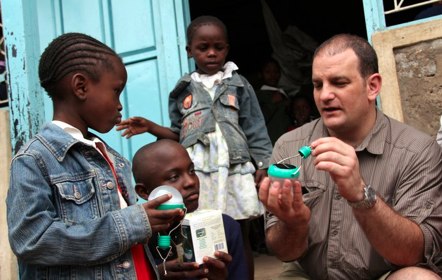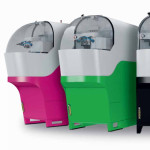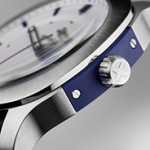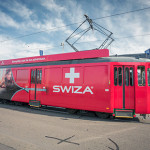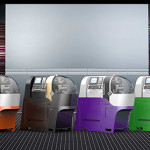Margherita: The Sustainable Italian Lamp
Sustainable design firm Izmade releases lamp with an eco-friendly production process and modern design
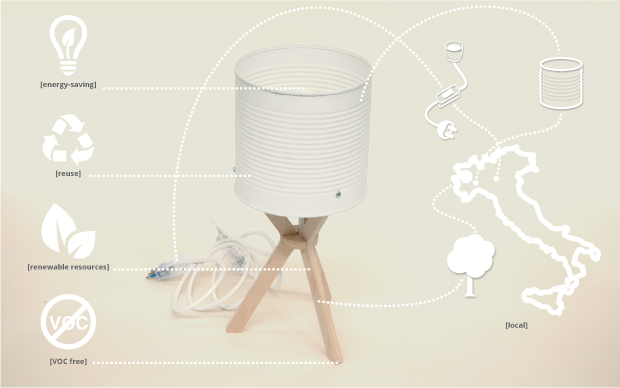
Izmade, a sustainable design collective from Turin, Italy, released their Margherita lamp this December for international production. The Margherita lamp is one of many products from Izmade’s line of sustainable furniture and home accessories.
“The Margherita lamp embodies our entire self-made, sustainable philosophy here at Izmade”, said Izmade’s founders. “Every day Turin alone over 15,000 tomato cans are used by restaurants and thrown away. Instead of leaving this problem untouched in our community, we saw it as an opportunity to create something innovative and beautiful, while simultaneously helping the environment.”
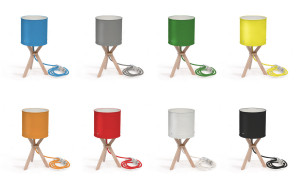
The Izmade design philosophy aims to bridge the gap between environmentally friendly materials and passionate design. They aim to showcase and enhance the original features of the recycled materials while creating something aesthetically pleasing and functional for the home. This unique design process allows even the most commonplace materials to become something remarkable.
To kick off Margherita’s debut, Izmade is hosting a crowdfunding campaign through the website Indiegogo. All contributions will help Izmade meet minimum order quantities for the local Italian beech tree plywood and soybean adhesive necessary to make the lamp. Using these materials will allow Izmade to continue its commitment to truly environmentally conscious design, even as they expand production of the lamp to a larger audience.
Currently, the Margherita lamp is available exclusively on Izmade’s crowdfunding page. The campaign allows interested customers to donate an amount of their choosing in return for a product or other gift from Izmade. The Margherita lamp is available at a special early-bird price of 47€ through the Indiegogo site, but contributors also have the chance to receive other items from the Izmade line.
For more information about Margherita, visit the Indiegogo crowdfunding page at: http://igg.me/at/margherita-lamp/x/7973917
About Izmade
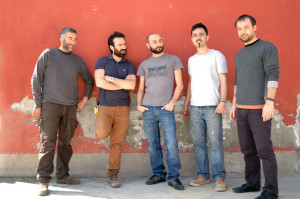 Born in 2012, Izmade is a sustainable design collective from Turin, Italy that specializes in the field of self-made eco-design furniture and home accessories. Izmade’s products are the result of a marriage between a traditional approach to conceptual design and an artisanal, self-made approach to production. Our design process is centered around environmental sustainability and the enhancement of a material’s original features to create something new and beautiful.
Born in 2012, Izmade is a sustainable design collective from Turin, Italy that specializes in the field of self-made eco-design furniture and home accessories. Izmade’s products are the result of a marriage between a traditional approach to conceptual design and an artisanal, self-made approach to production. Our design process is centered around environmental sustainability and the enhancement of a material’s original features to create something new and beautiful.
This mission is defined by our three areas of focus: use of recycled materials; industrial waste and byproducts; and innovative, certificated materials.

